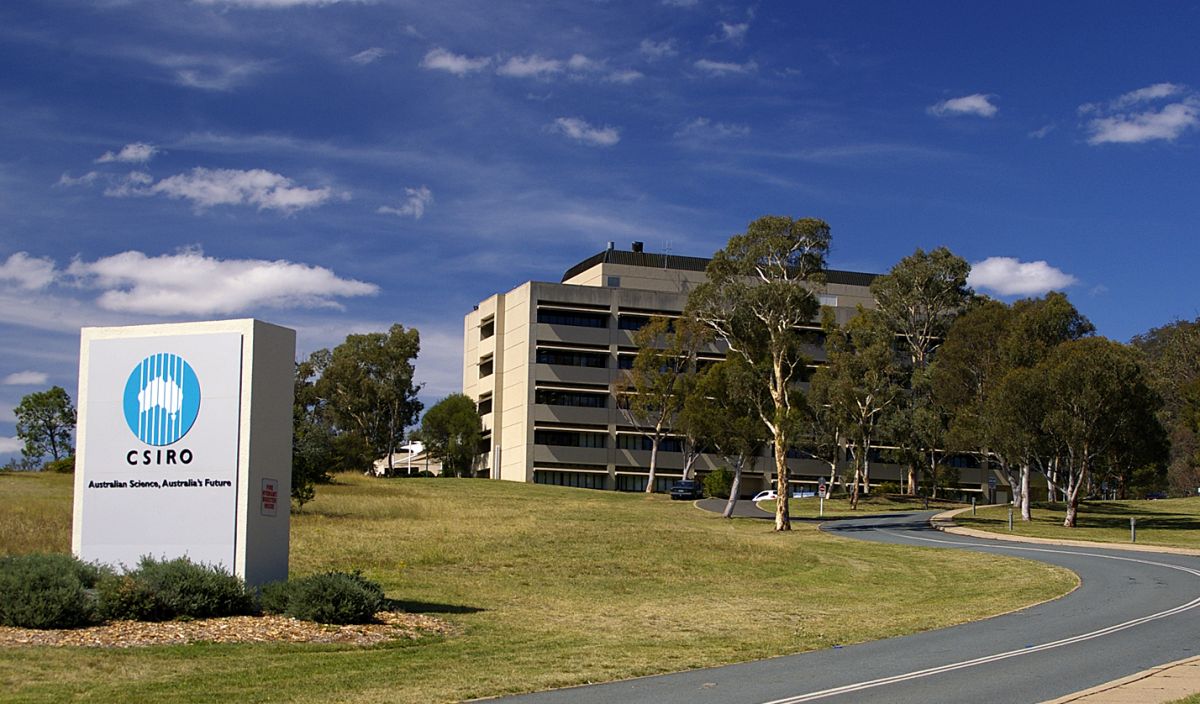Abbreviation for Commonwealth Scientific and Industrial Research Organization, an Australian government agency for scientific and industrial research in the economic, environmental and social fields. It was founded in 1916 under the name "Advisory Council of Science and Industry" and renamed to its current name in 1926. Its achievements include atomic spectroscopy (quantitative and qualitative determination of chemical elements), the first plastic banknotes, insect repellents (repellents for insects), the basics of WLAN technology, various methods of genetic engineering and the introduction of myxomatosis (viral disease) to control the rabbit plague in Australia. There are 13 research departments.

In 1927, there was an affiliation with the Merbein Viticulture Research Station (State of Victoria). This had already been founded in 1919 by some producers in the region. Initially, attempts were made to adapt the viticultural methods commonly used in the northern hemisphere to Australian conditions. After the Second World War, the focus was on artificial irrigation, pest control, research into vine diseases, the development of nematode-resistant rootstocks, vineyard management and vine physiology. In the 1990s, the focus shifted even more towards viticulture. A scientific laboratory was established in Adelaide. New techniques are being developed with the use of satellites in precision viticulture.
Furthermore, a germplasm bank with about 700 grape varieties was established in Merbein. Several new varieties have been created there, such as Cienna, Mystique, Rubienne, Taminga, Tarrango, Tulillah and Tyrian, as well as special varieties for the production of table grapes and sultanas, such as Carina. Furthermore, new methods such as minimal pruned cordon trained and machine harvesting were introduced. Research activities were extended to the development of models for computerised control of vine growth, irrigation, fertilisation and yield forecasting. Finally, projects were started that deal with the development of aroma and taste in grapes using genetic engineering methods. Among other things, changes were made in the genetic material of the Chardonnay and Sultana varieties.
Attempts are being made to determine how changes in the chemical composition of developing grapes of the Cabernet Sauvignon variety affect their subsequent aroma or whether the sensory properties of the grapes can be predicted by measuring chemical compounds. Specifically, the chemical compound methoxypyrazine is responsible for this, which sets in very early in the development of the grapes, depending on the given light conditions. Other institutions working in this context are AWRI and Charles Sturt University.
Image: User:Bidgee, Own work, CC BY-SA 3.0, Link
Voices of our members

The Wine lexicon helps me to keep up to date and refresh my knowledge. Thank you for this Lexicon that will never end in terms of topicality! That's what makes it so exciting to come back often.
Thorsten Rahn
Restaurantleiter, Sommelier, Weindozent und Autor; Dresden